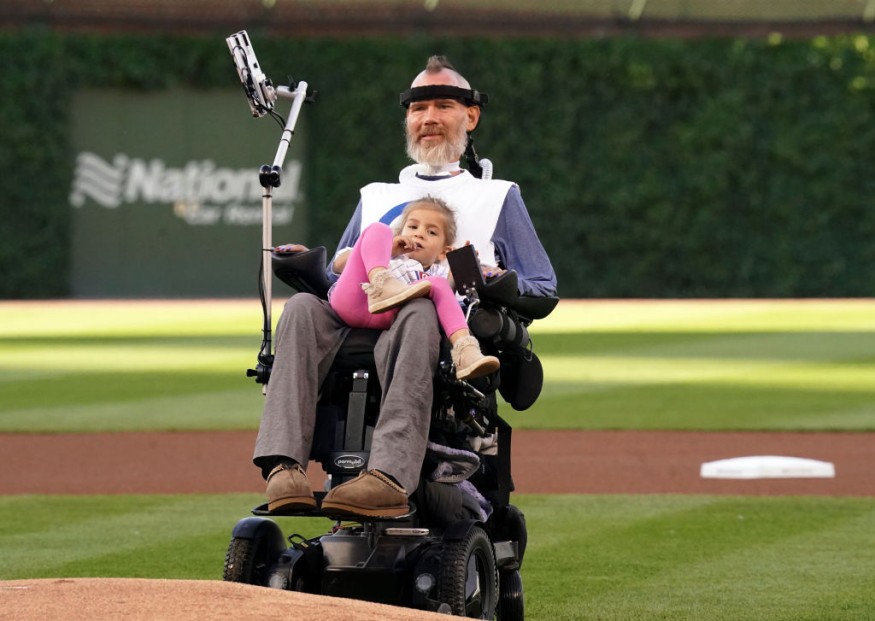Amyotrophic lateral sclerosis (ALS) or Lou Gehrig's disease is attributed for progressive motor neuron loss, leading to paralysis and death with no cure in sight.
Now, a new study spearheaded by the Cedars Sinai Medical Center in Los Angeles, California, developed a new stem cell therapy for brain protection against the neurological disorder. The novel approach is believed to be the first of its kind.
Stem Cell-Gene Therapy

In a media release on Monday, Cedars Sinai said its investigators developed an investigational therapy utilizing support cells and a protective protein that can be sent beyond the blood-brain barrier. The dual stem cell-gene therapy can potentially protect contaminated motor neurons in the spinal cord of ALS patients.
The team used stem cells mainly designed to produce a protein called glial cell line-derived neurotrophic factor (GDNF). The novel protein enables the survival of motor neurons, which are responsible for muscle movement by sending signals from the brain or spinal cord.
Applying stem cells is a strong method to deliver important proteins to the brain or spinal cord that are normally unable to get through the blood-brain barrier, according senior author Clive Svendsen, Ph.D., a professor and executive director at Cedars-Sinai.
The breakthrough findings were published in the journal Nature Medicine on Monday, September 5, as part of an ALS safety trial involving the participation of 18 ALS patients.
What is ALS?
In 1939, American football player was known as a famous hitter until he was forced to retire in 1939 because of ALS, which made the name of the disease associated with him. Gehrig's case is one of the many instances that the neurological disorder became more known. It was first discovered by French neurologist Jean-Martin Charcot in 1869.
According to the ALS Association, ALS is a "progressive neurodegenerative disease" where the word "Amyotrophic" comes from the Greek language, meaning "A" for no, "Myo" for muscle, and "Trophic for nourishment. This means that no muscle nourishment or muscles in throughout the body are wasted away.
When motor neurons or motor nerves are affected, the ALS says people could lose the ability to breathe, eat, move, and even speak.
The association adds for around 90% of all cases, there is no known signs of family history of the disease or indications of genetic mutation connected to ALS. Approximately between 5% to 10% of all cases are inherited or had a family history, which is called familial ALS.
ALS Cases
Understanding of ALS has improved over the decades. However, no one knows how many people are exactly affected by the disease, according to the Centers for Disease Control and Prevention (CDC).
Yet, the CDC estimates that over 31,000 patients in the United States are living with ALS. An average of 5,000 new patients are diagnosed with ALS each year. The scarcity of data is because ALS records have not been kept across the country, according to the US health body.
Related Article: Adding Fruits, Vegetables to Diet Could Slow ALS Progression
© 2025 NatureWorldNews.com All rights reserved. Do not reproduce without permission.





